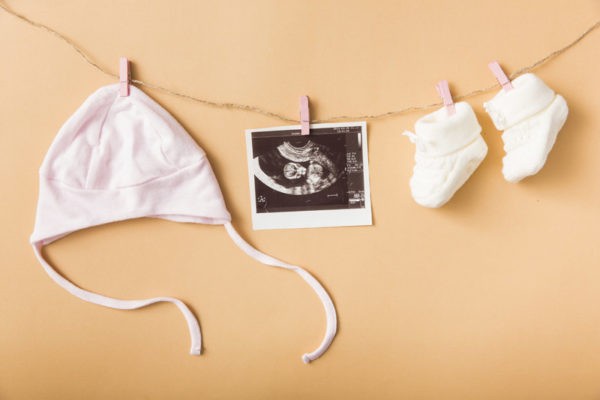The 18-19. As a supplement to the ultrasound screening performed in week 20-22, we recommend weekly anatomical and extended fetal echocardiogram screening, during which, thanks to the larger fetal size and better visibility, 95% of developmental abnormalities can be screened out, while 94% of serious heart defects can be screened out, so we recommend it to all pregnant women. In addition, there is the possibility of 18-19. week to detect disorders that cannot yet be screened, such as lissencephaly, microcephaly, dwarfism, etc., so it is definitely recommended.
